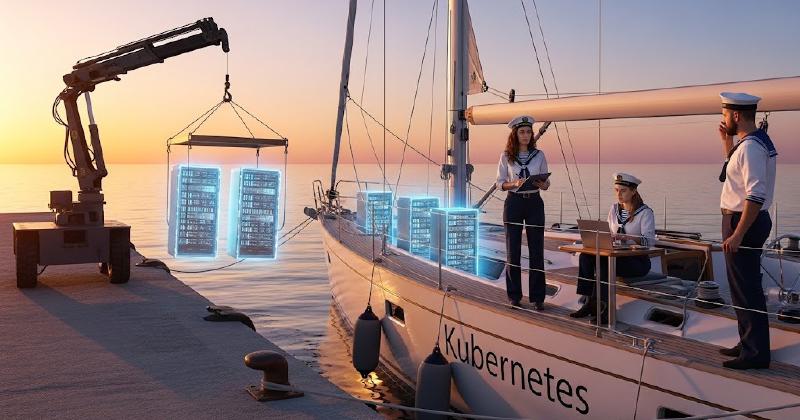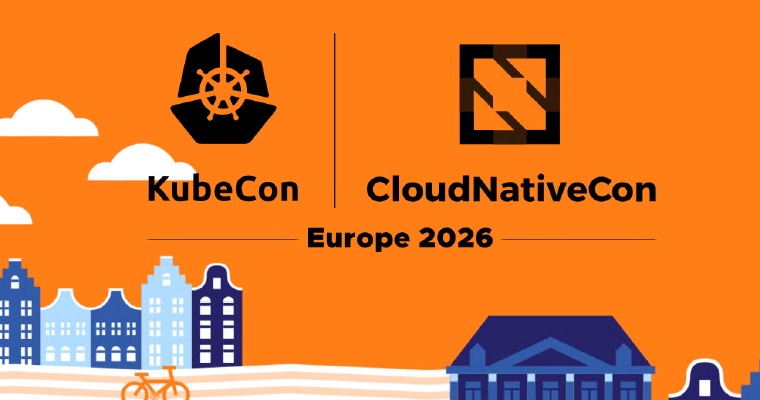This is the second installment in a three-part series on migrating from VMware to Kubernetes. We’ll explore the tools and evolving practices that not only meet but exceed the needs of applications on their new platform. Even without modernizing the application runtime, moving to a cloud-native platform offers significant benefits.
Part one covered the VMware and Broadcom backstory, “lift and shift” strategies, and the fundamental shift in operational models. We also discussed how to start, the concept of “anchored” workloads, and the benefits of a unified team context. You can catch up on part one here.
Can We Trust an Open-Source Platform?
For some, moving from a well-established virtualization platform like VMware to an open-source solution can be a concern. Let’s clear this up: the underlying technology, KVM (Kernel-based Virtual Machine), is a mature and proven technology that powers the virtualized services of all major cloud providers. KubeVirt then provides a user space layer that interacts with Kubernetes, bringing that proven virtualization capability into a cloud-native environment.
For those accustomed to GUI environments, the transition doesn’t mean giving up familiar interfaces. While an extensive and programmable API is available for building integrations and automation, you still have the option of using a GUI provided by solutions like Kubermatic’s Virt.
However, a significant trend in large enterprises is the move away from manual “click-ops” towards automated, API-driven infrastructure. The focus is shifting from an attractive GUI to programmability and integration with tools like Ansible, emphasizing that “the easier it is to automate, the better it is.” Kubernetes, by design, supports this shift with its strong operational foundation, robust API, and abstract layers.
Abstractions for Easier Management
Storage Abstraction and Data Management
Similar to VMware’s VSAN, which provided a software-defined storage layer, Portworx fulfills this role in the Kubernetes ecosystem, providing enterprise data management features. These capabilities include crucial functions like cross-site replication, point-in-time snapshots, and on-disk encryption, all essential for VM environments.
Portworx addresses the need for data to travel with the workload beyond a single data center. For compliance, particularly with regulations like DORA, Portworx allows you to define different storage classes with varying data protection rules and SLAs, simplifying management at scale. The API-driven nature of both Kubernetes and Portworx enables developers to self-serve, including backup and restore operations, with safeguards baked in to meet internal user expectations. For example, GitOps can trigger a backup on a production environment before rolling out a change.
Disaster Recovery and Operational Resilience
Once a VM is moved into Kubernetes, it becomes a first-class citizen, treated like any other containerized deployment. This means VMs benefit from Kubernetes’ flexible dynamic scheduler, which can operate across multiple data centers. This declarative approach, where you define what you want the system to do, is a significant shift from the manual, imperative placement of workloads in traditional VMware models.
Kubernetes was designed to be highly resilient, using quorum with an odd number of servers. This offers a major advantage over VMware’s active-passive setup and can lead to hardware savings. The operational maturity of Kubernetes ensures that disaster recovery and operational resilience are baked in, which is vital for meeting stringent recovery time objectives (RTOs), such as the two-hour window mandated by regulations like DORA.
Modern Networking and Security
Kubermatic Virt offers a “virtual private cloud” paradigm for networking. The Container Network Interface (CNI) allows services within your cloud-native namespace to interact directly with virtual machines. This enables you to define and deploy applications as a single manifest, making them highly portable and enabling ephemeral environments. Imagine being able to safely test on digital clones of production, tucked away in a separate cluster with the same controls as production itself.
Kubernetes also opens the door to using mature service meshes like Linkerd or Istio. These provide an overlay of logic for networking, extending capabilities such as pod-to-pod or pod-to-VM encryption. They also offer centralized tracing, metrics, and logging, consolidating operational insights into a single source.
Migration Strategies
The best approach for migrating VMs depends on their current maturity. For older VMs with minimal configuration management, a “lift and shift” of the base VM image is an option, using tools like Forklift and Packer. However, a key anti-pattern to avoid is failing to assess whether the processes within the VM could be more efficiently containerized.
For organizations using configuration management (Ansible, Salt, Chef, Puppet), migration is straightforward: you create the new host and apply your existing scripts. Once a system is running in a Kubernetes VPC that supports both containers and VMs, breaking out components of a workload becomes much easier.
Benefits for Workloads and Operators Alike
Moving VMs into Kubernetes is a safe landing zone for engineers familiar with VMware, allowing them to leverage their existing knowledge of VMs, KVM, and Linux while acquiring new Kubernetes skills. This transition is a great opportunity to address technical debt by thinking about things like failover and scaling upfront.
For storage administrators, this is a chance to integrate their expertise with containerized workloads and bring their knowledge of data protection and high availability to a modernized environment. The move from a “garden-walled” platform to an open-source one is a significant draw, especially when guided by a known good combination of tools, which is what companies like Kubermatic offer.
This is just a glimpse of the topics covered in the session. You’ll be all set for our final session, “From VMware to Kubernetes: Practical Demos & Strategic Roadmaps”, in person and recorded live on September 23, 2025 @3pm Location: The CitizenM Towerbridge, London.





